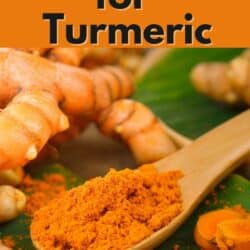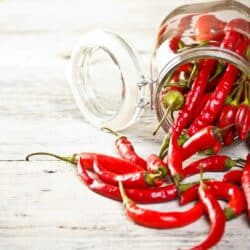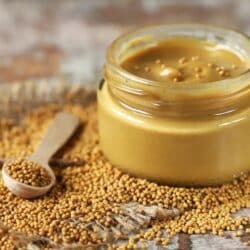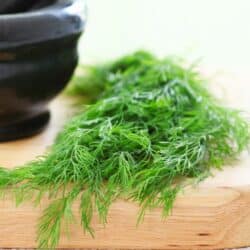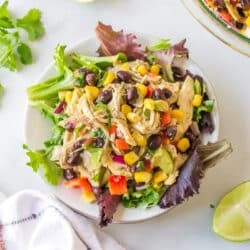8 Substitutes for Turmeric Powder in Cooking
Turmeric powder is a flavorful and colorful spice that is great for many types of dishes. But what happens if you don’t have turmeric on hand? This post shares turmeric substitutes including annatto seeds, ginger powder, turmeric root, yellow mustard seeds, garam masala, cumin seeds, chili powder, and galangal powder.

Overview of Turmeric
Turmeric is a spice with an earthy, slightly bitter taste. It is frequently used in Indian and Asian cuisine and is one of the main ingredients in curry powder. Turmeric is also used as a natural food coloring agent due to its bright yellow color.
In addition to its culinary uses, turmeric has been used for centuries in traditional medicine practices. Turmeric is now being studied for its potential health benefits.
Turmeric is available fresh or ground into a powder. Fresh turmeric root should be peeled before use. It can then be grated, sliced, or minced as desired.
Ground turmeric powder can be added to recipes as needed. I love using fresh or grown turmeric in my Turmeric Wellness Shot!
Turmeric Substitutes
Turmeric is a key ingredient in many Indian dishes, giving them their characteristic golden color.
However, it can be difficult to find in supermarkets, and it can also be an expensive spice. As a result, many people are looking for a good substitute that can provide the same flavor without breaking the bank.
1. Annatto seeds
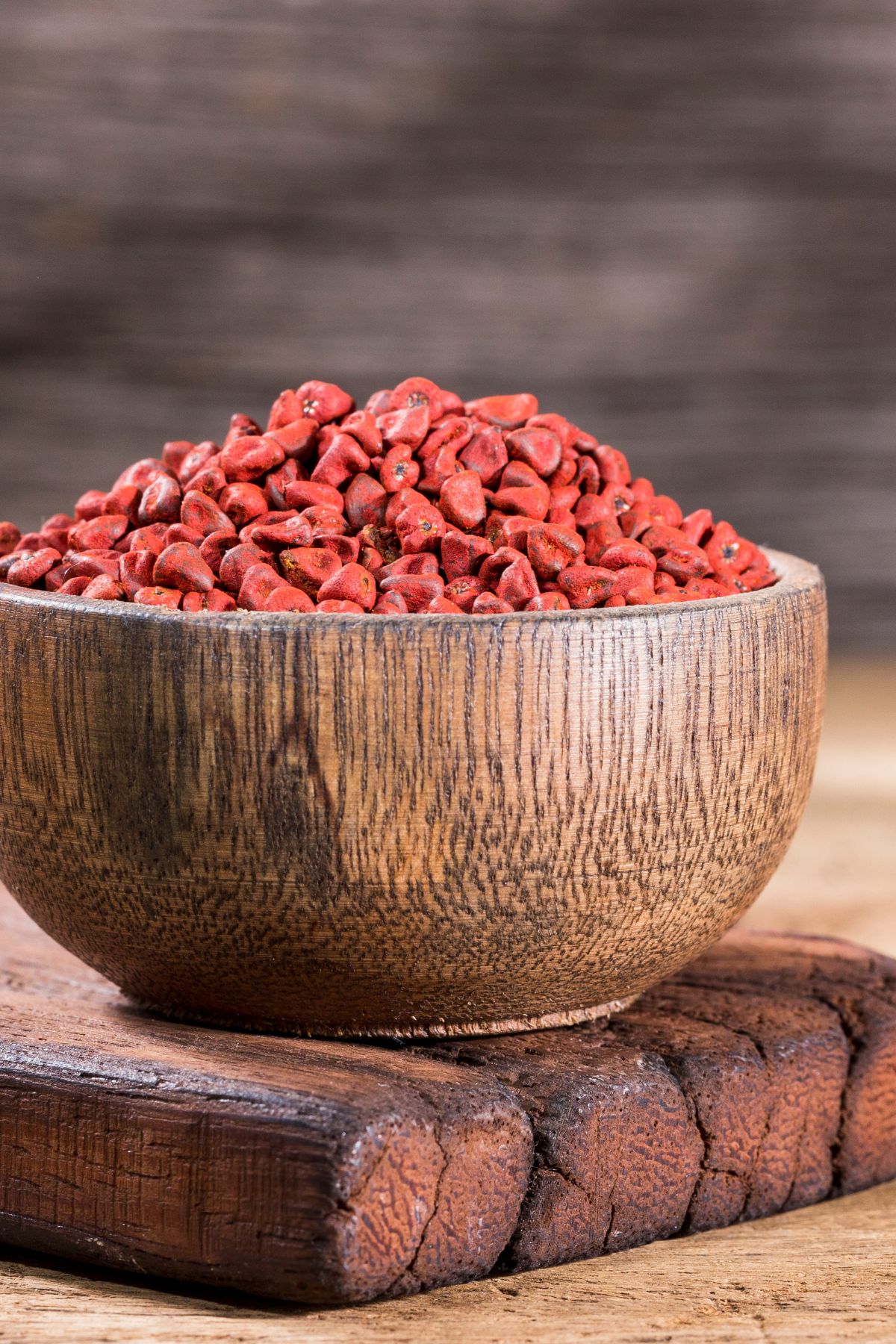
Annatto seeds are an excellent stand-in for turmeric, as they have a similar earthy flavor with hints of nutmeg and red-orange color.
To use annatto seeds as a turmeric substitute, grind them in a mortar and pestle until they’re a fine powder. You can then add the powder to whatever dish you’re cooking.
When substituting annatto seeds for turmeric, use about half as much, as the seeds are more potent than the powder.
To substitute one teaspoon of ground turmeric, use a 1/2 teaspoon of annatto seeds.
2. Ginger powder
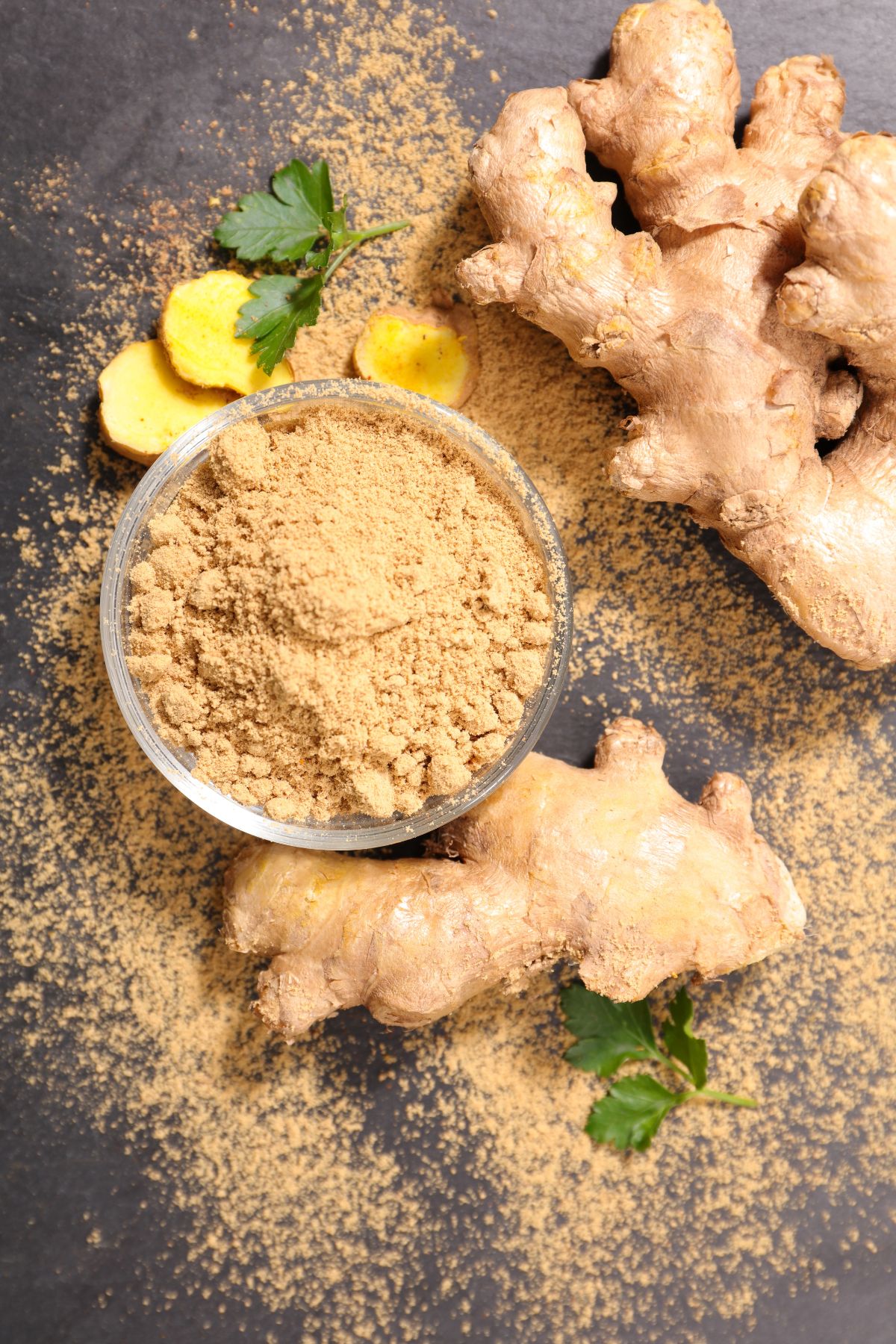
If you’re looking for a turmeric substitute that will give your dishes a similar flavor profile, then ginger powder is a good alternative.
While it doesn’t have the same earthy taste as turmeric, it does have a slightly spicy and floral flavor that pairs well with other spices like cinnamon and cardamom.
If you’re using ginger powder as a turmeric substitute, keep in mind that it is more potent than turmeric, so you’ll need to use less of it.
To substitute one teaspoon of ground turmeric, use 1/4 teaspoon of ground ginger powder.
3. Raw turmeric root
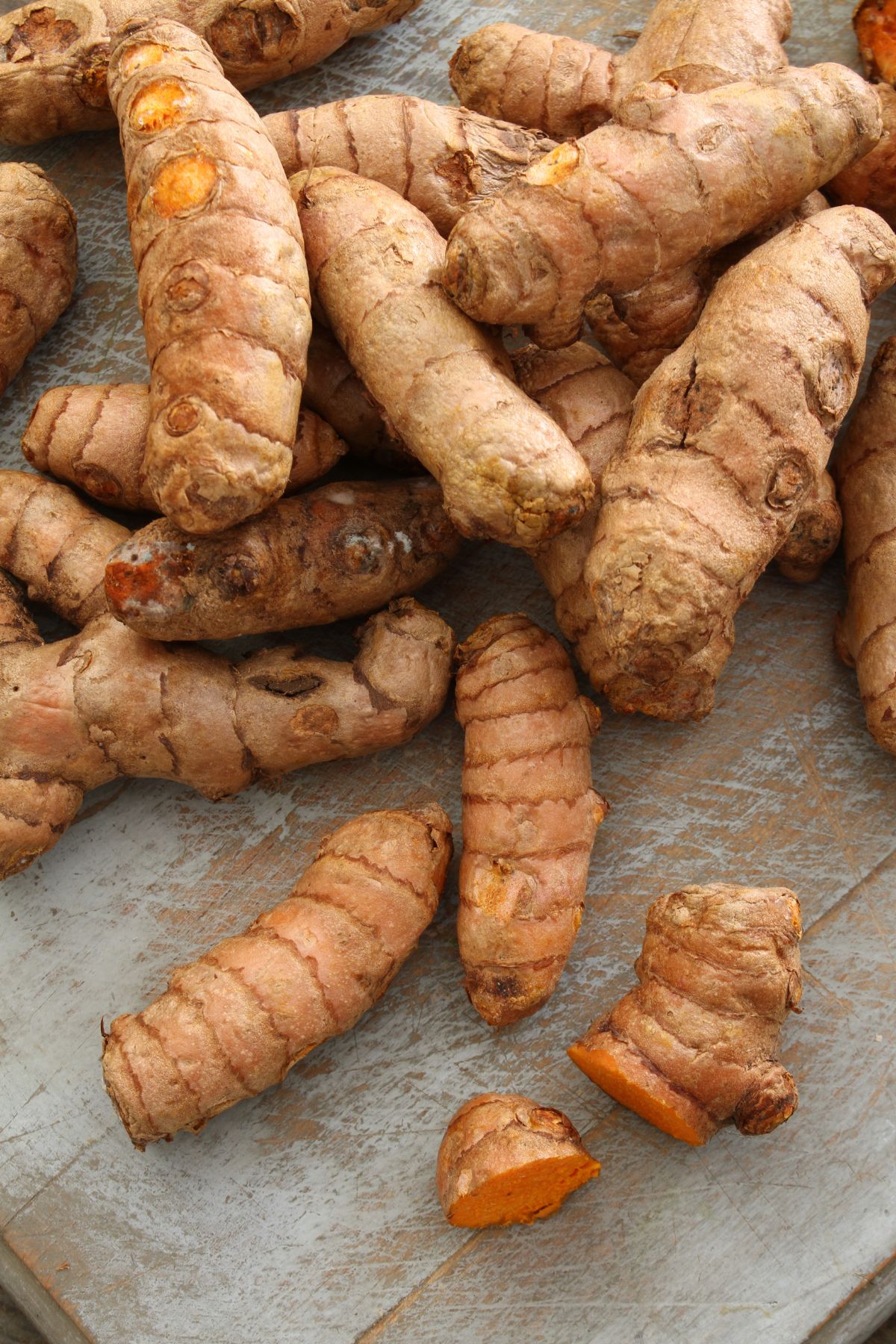
Raw turmeric root can be used as a substitute for turmeric. It is slightly sweeter than turmeric powder and has a more subtle flavor. It can be used in much the same way as turmeric but is best used fresh.
It’s probably the best substitute for dried turmeric because it has the same unique flavor.
To substitute one teaspoon of ground turmeric, use 1/2 teaspoon of raw grated turmeric root.
4. Yellow mustard seeds or mustard powder
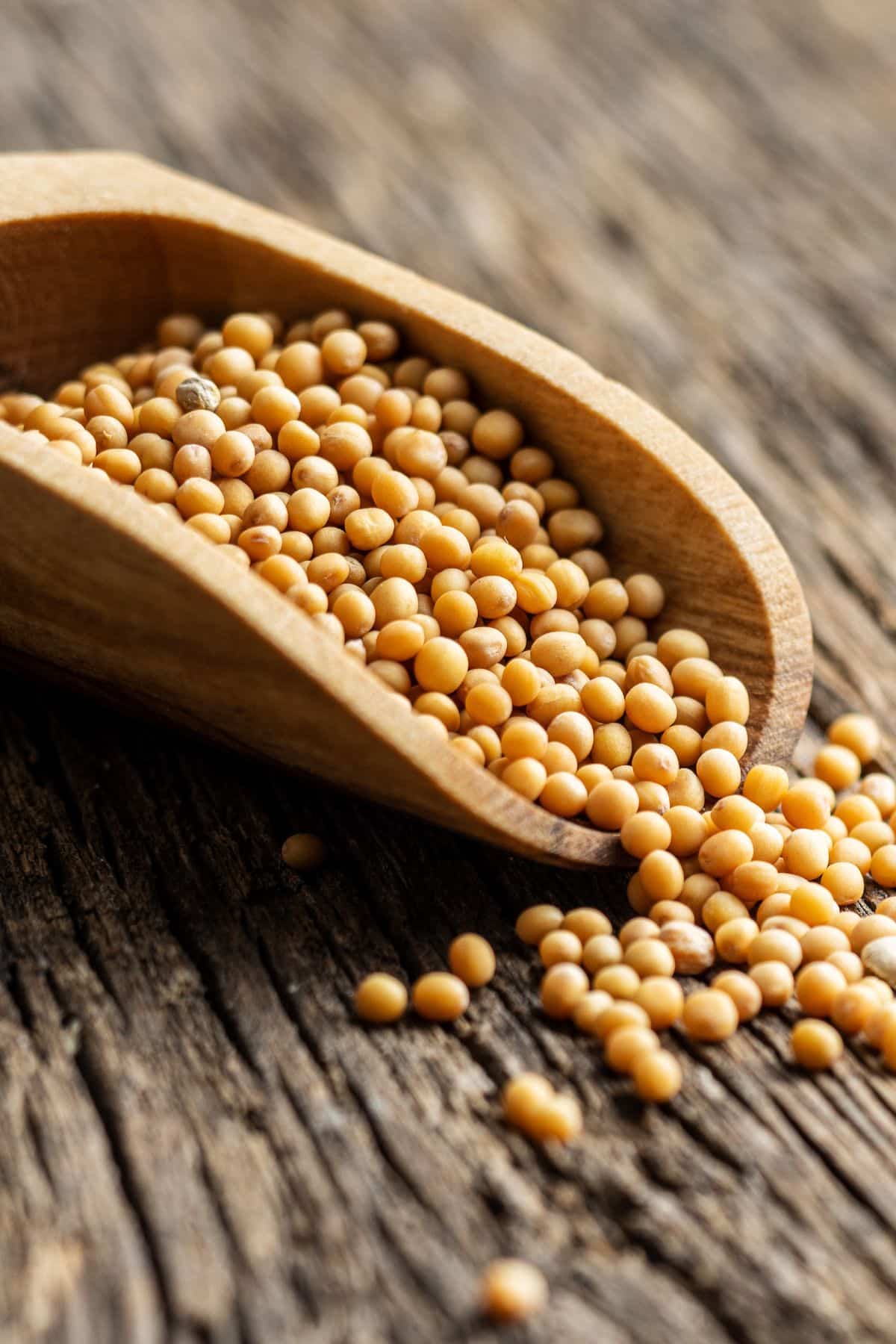
If you’re out of turmeric or looking for a milder alternative, yellow mustard powder or mustard seeds can be used as substitutes in many dishes. The seeds can be ground into a powder and used as a spice.
Mustard powder is often used as a turmeric substitute because of its similar color. However, the mustard powder does not have the same flavor profile as turmeric. Nonetheless, it is a good turmeric substitute in a pinch.
To substitute one teaspoon of ground turmeric, use 1/3 teaspoon of yellow mustard seed or mustard powder.
5. Garam masala
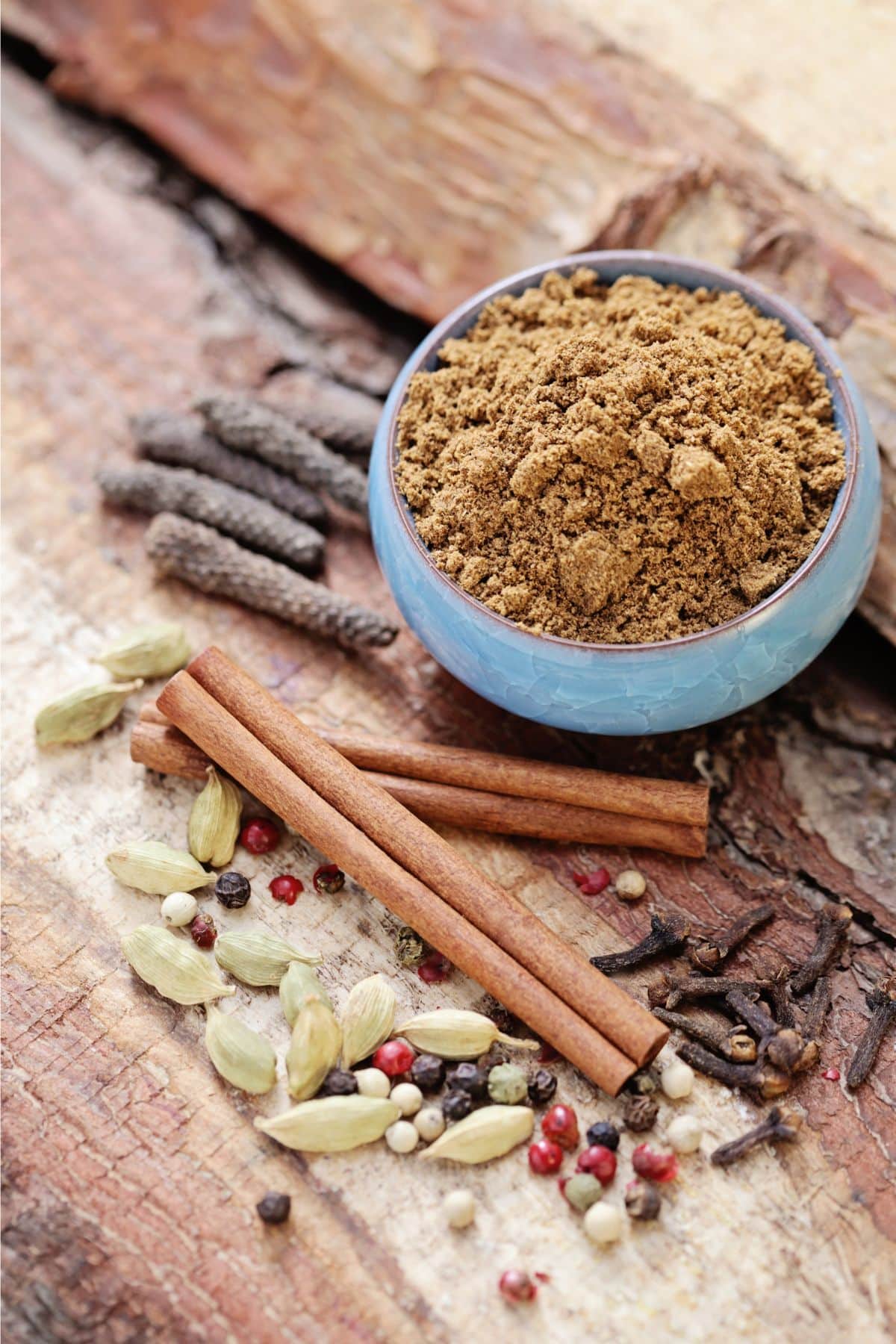
This spice blend is typically made with cumin, coriander, cardamom, cloves, and pepper, all of which are readily available in most supermarkets.
While it doesn’t have the same vibrant color as turmeric, it can still add depth of flavor to a dish. In addition, garam masala has a similar flavor profile to turmeric, making it a perfect substitute in curries and other dishes.
To substitute one teaspoon of ground turmeric, use 1/4 teaspoon garam masala.
6. Cumin seeds
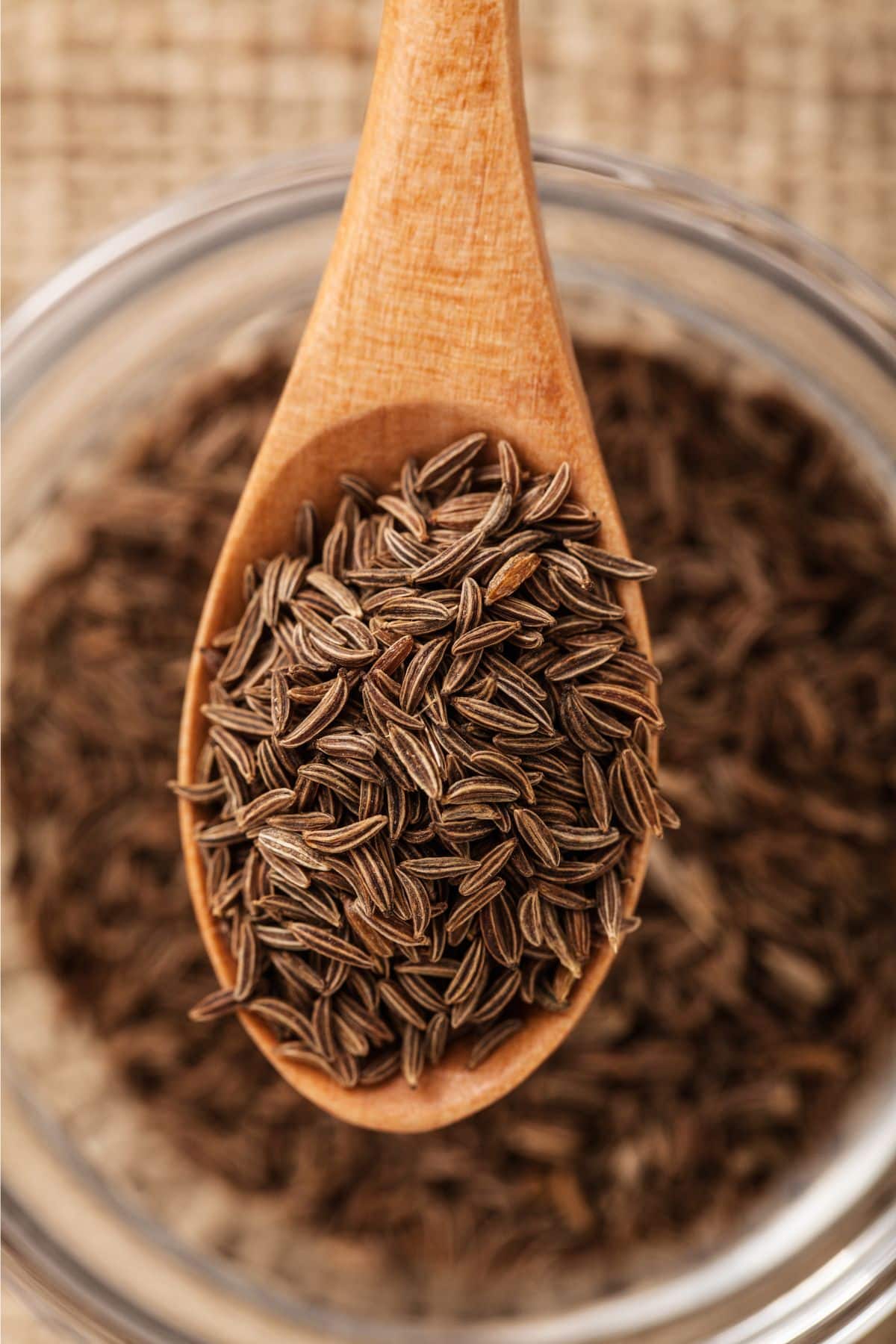
Cumin seeds are a great option. Like turmeric, cumin is a member of the ginger family and has a warm, earthy flavor.
Cumin is often used in Indian and Middle Eastern cuisine and can be used in both sweet and savory dishes.
You can also grind the cumin seeds to make a powder that can be added to recipes. Look for cumin seeds in most grocery stores.
To substitute one teaspoon of ground turmeric, use one teaspoon of cumin seeds.
7. Chili powder
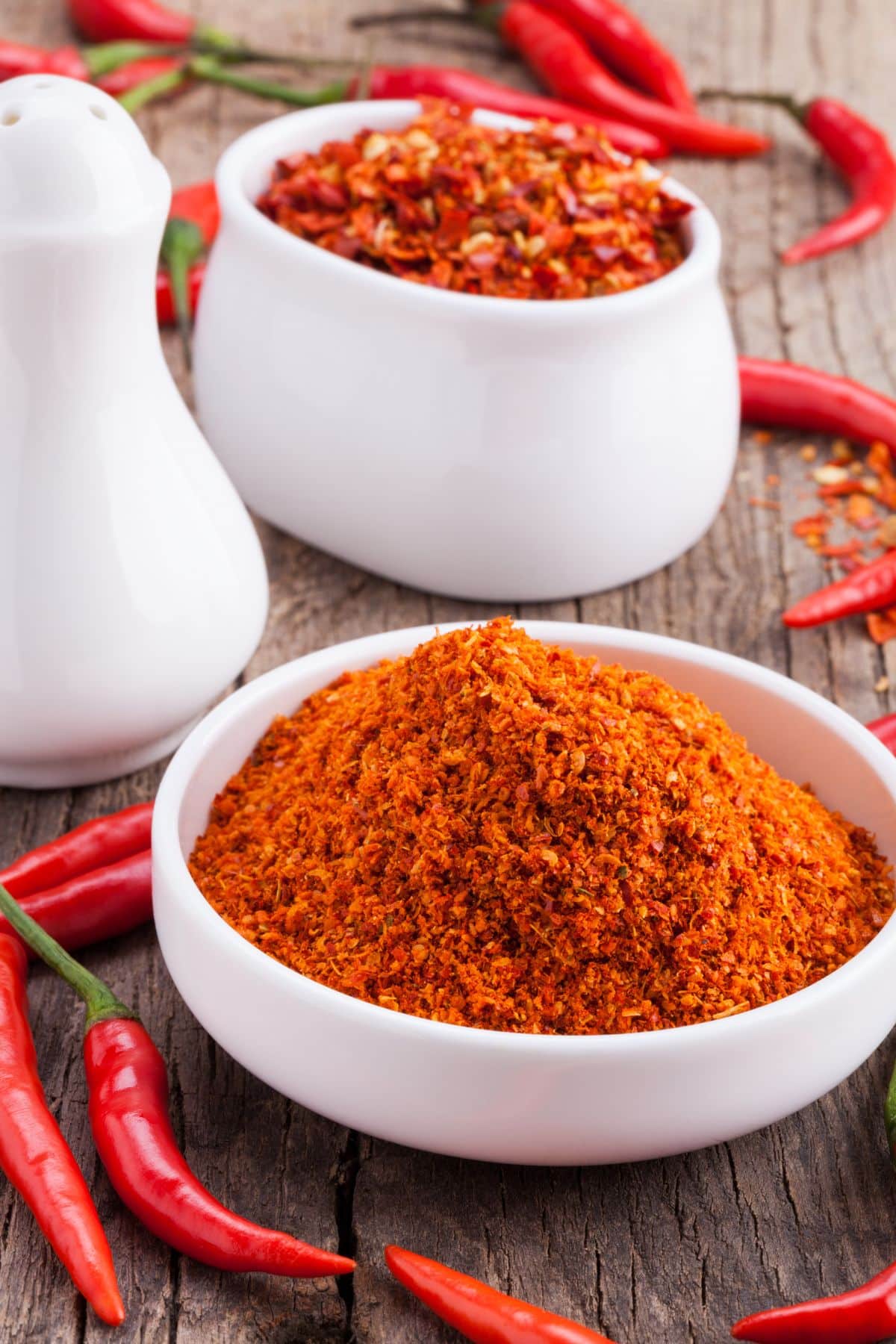
Chili powder is a spice made from dried chilies and is commonly used in Mexican and Indian cuisine.
It can also be used to add color and flavor to dishes and has a similar earthy flavor to turmeric. It can also be used as a turmeric substitute in many recipes.
However, chili powder is more pungent than turmeric and should be used sparingly as a substitute.
To substitute one teaspoon of ground turmeric, use 1/2teaspoon of chili powder.
8. Galangal powder
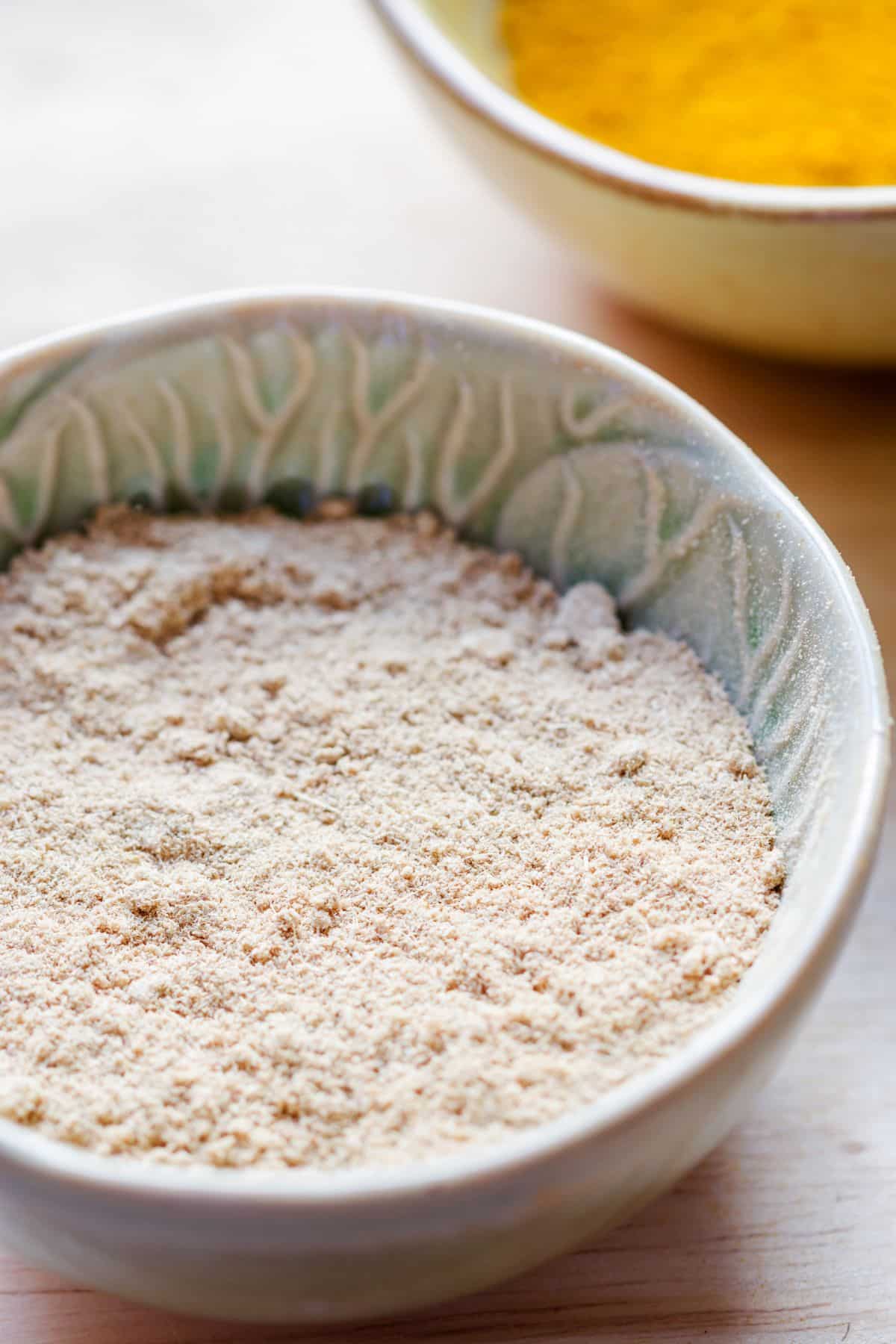
Galangal powder is made from the root of the plant, which is similar in appearance to ginger. It has a slightly spicy flavor and can be added to curries, stews, and soups.
Galangal powder is an excellent turmeric substitute for those who are looking for a flavor similar to ginger. This powder comes from the root of the plant, which is similar to ginger. When used in cooking, it gives dishes a slightly spicy, peppery flavor with hints of citrus and can be added to curries, stews, and soups.
To substitute one teaspoon of ground turmeric, use 1/4 teaspoon of galangal powder.
Bonus Recommendations
This list is not exhaustive! Other decent substitutes for turmeric powder include: curry powder, ground cumin, and paprika.
Pros and Cons of Turmeric Substitutes
Here’s a chart summarizing the best substitutes for turmeric, including the pros and cons.
| Substitute | Pros | Cons |
|---|---|---|
| Annatto Seeds | Similar earthy flavor and color, potent. | More potent, use less. Color might vary slightly. |
| Ginger Powder | Adds a spicy and floral flavor. | Lacks the earthy tone of turmeric, more potent. |
| Raw Turmeric Root | Fresh, slightly sweeter alternative. | Requires fresh turmeric availability, preparation. |
| Yellow Mustard Seeds/Powder | Similar color, mild alternative. | Flavor profile differs significantly from turmeric. |
| Garam Masala | Adds depth of flavor, complex spice blend. | Does not replicate turmeric’s color, different flavor profile. |
| Cumin Seeds | Warm, earthy flavor similar to turmeric. | May not provide the same color. |
| Chili Powder | Adds color and earthy flavor, easily available. | More pungent and spicy, use sparingly. |
| Galangal Powder | Similar to ginger, slightly spicy and citrusy notes. | Less common, might be hard to find. |
FAQs
In curry recipes, a blend of coriander and cumin can be used as a substitute for turmeric. While this combination won’t replicate the color, it provides a similar warmth and earthiness to the dish. Alternatively, annatto, derived from achiote tree seeds, can be used for its yellow-orange color, although it has a milder flavor.
For achieving the yellow color similar to turmeric, annatto is a great option. It’s commonly used in Latin American cuisine to impart a vibrant yellow-orange hue to foods. Another option is yellow beet powder, which provides a natural and subtle color, though the flavor profile is different from turmeric.
Yes, a mixture of spices can sometimes be used as a substitute for turmeric, especially in complex dishes like curries. A mix of paprika for color and a pinch of ginger or mustard powder for earthiness can mimic some aspects of turmeric’s flavor and appearance. However, the resulting taste will vary slightly from the original recipe that calls for turmeric.
More Articles on Substituting Ingredients
Conclusions
In conclusion, these are some of the best substitutes for turmeric. When substituting spices, it is important to consider the flavor profile of the dish as well as the color. Some spices, like chili powder and mustard powder, can be substituted in equal amounts, while others, like cumin and garam masala, should be used in lesser amounts.
Don’t forget to join my newsletter list to get exclusive clean eating recipes and tips. The newsletter is 100% free with no spam; unsubscribe anytime.
About the Author: Carrie Forrest has a master’s degree in public health with a specialty in nutrition and is a certified holistic nutritionist. She is a top wellness and food blogger with over 5 million annual visitors to her site. Carrie has an incredible story of recovery from chronic illness and is passionate about helping other women transform their health. Send her a message through her contact form.


